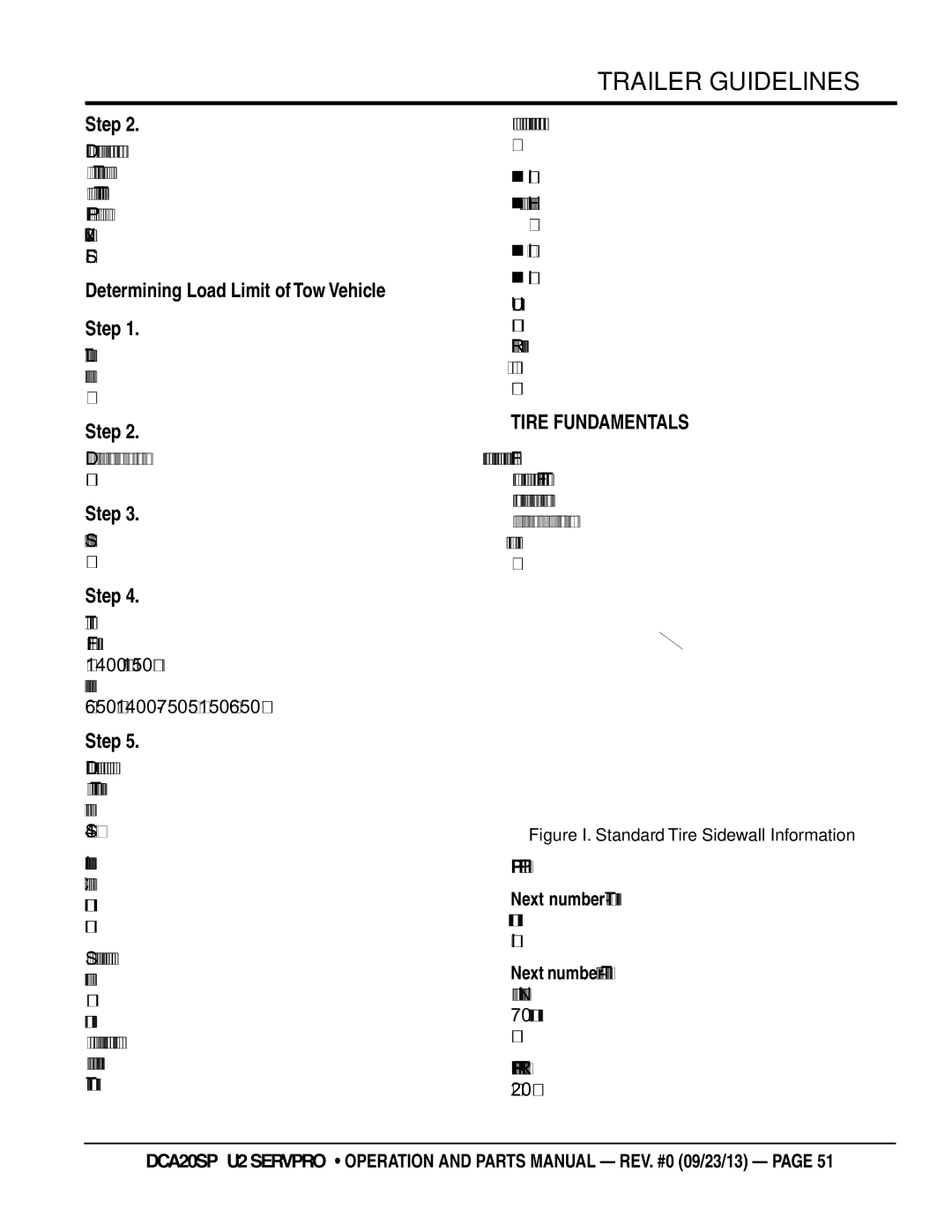DCA20spxu2 specifications
The Multiquip DCA20SPXU2 is a powerful and versatile portable generator that has become a favorite among contractors and outdoor enthusiasts alike. Designed for reliability and efficiency, this unit boasts a range of features that make it suitable for various applications, from construction sites to recreational activities.One of the standout characteristics of the DCA20SPXU2 is its robust engine. Powered by a reliable 20 kW diesel engine, this generator offers ample power to run essential tools and equipment, ensuring that users can depend on it for demanding tasks. The engine is not only powerful but also designed for fuel efficiency, helping users save on operating costs during extended use.
The DCA20SPXU2 features an impressive run time, with a large fuel tank that enables it to operate for long periods without requiring frequent refueling. This is particularly beneficial for projects that are located in remote areas or for outdoor events where electricity is critical.
Another key highlight of the DCA20SPXU2 is its advanced sound attenuation design. This generator operates quietly, adhering to stringent noise regulations, which is essential when working in residential or noise-sensitive environments. The sound-dampening technology helps to minimize sound levels, making it an excellent choice for events and job sites that demand a quieter operation.
Multiquip has also integrated a user-friendly control panel in the DCA20SPXU2, featuring intuitive gauges and indicators that provide vital information at a glance, such as fuel levels, output voltage, and operational status. This ease of use allows operators to quickly monitor performance and make necessary adjustments.
The generator is equipped with multiple outlets, including 120V and 240V options, ensuring that it can power a variety of tools and equipment simultaneously. This versatility enhances its appeal for users who require flexibility in their power source.
Durability is another hallmark of the DCA20SPXU2. Built with high-quality materials, the generator is designed to withstand tough conditions, making it an ideal companion for construction sites or outdoor adventures.
In conclusion, the Multiquip DCA20SPXU2 is a well-engineered portable generator that offers a blend of power, efficiency, and convenience. With its robust engine, quiet operation, user-friendly controls, and durable construction, it stands out as a reliable choice for both professional and recreational use, meeting the power needs of a variety of users.

